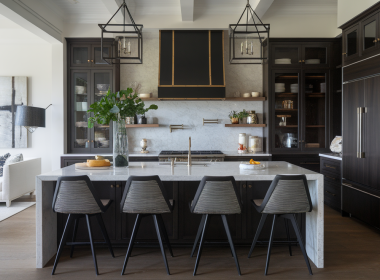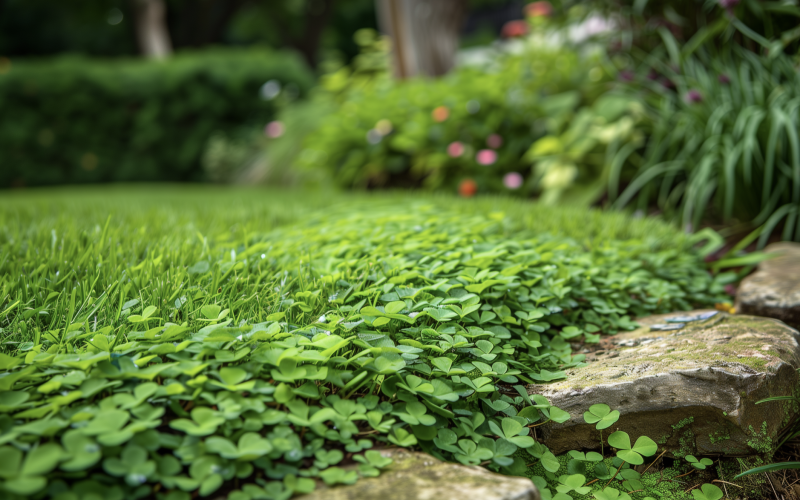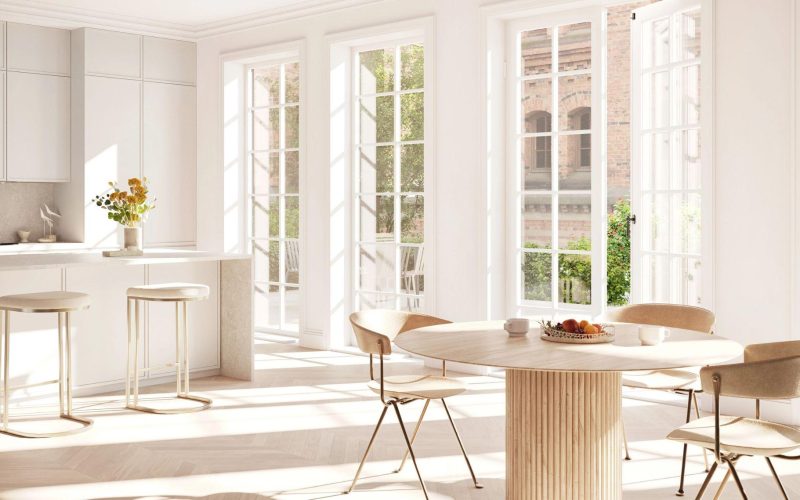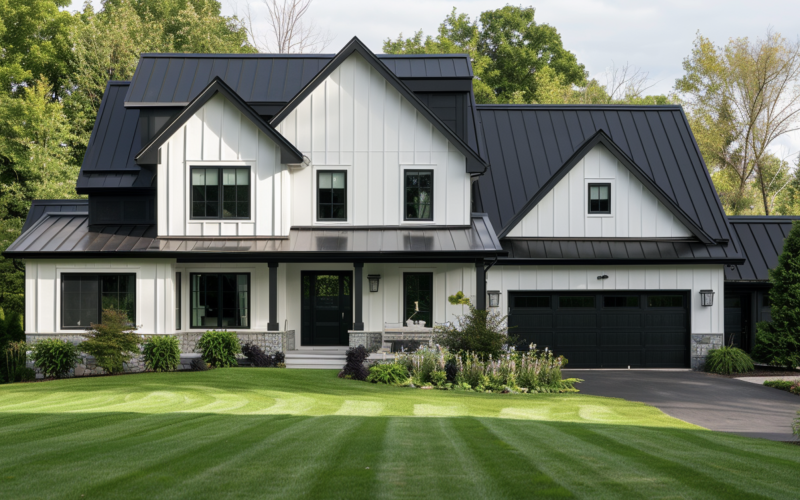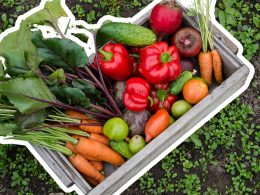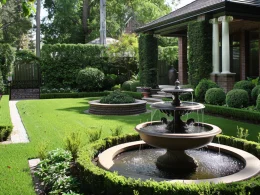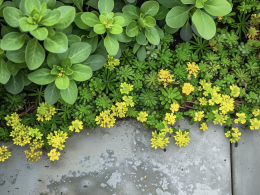Many homeowners seek alternatives to traditional grass lawns, recognizing turf’s high maintenance and environmental costs.
Water-hungry grass often struggles in challenging conditions, leaving yards patchy and unappealing.
Fortunately, there is artificial grass and numerous other eco-friendly options available that can transform any outdoor space while reducing water usage and upkeep.
This article will explore the best alternatives to grass for planting, from low-growing ground covers to stunning backyard designs with gravel.
We’ll delve into options that thrive in various climates and soil types, require minimal care, and add visual interest to your landscape.
By the end, you’ll clearly understand which grass alternatives might work best for your unique situation, helping you create a beautiful, sustainable yard that stands out.
17 Alternatives to Grass for Planting
1. Creeping Thyme
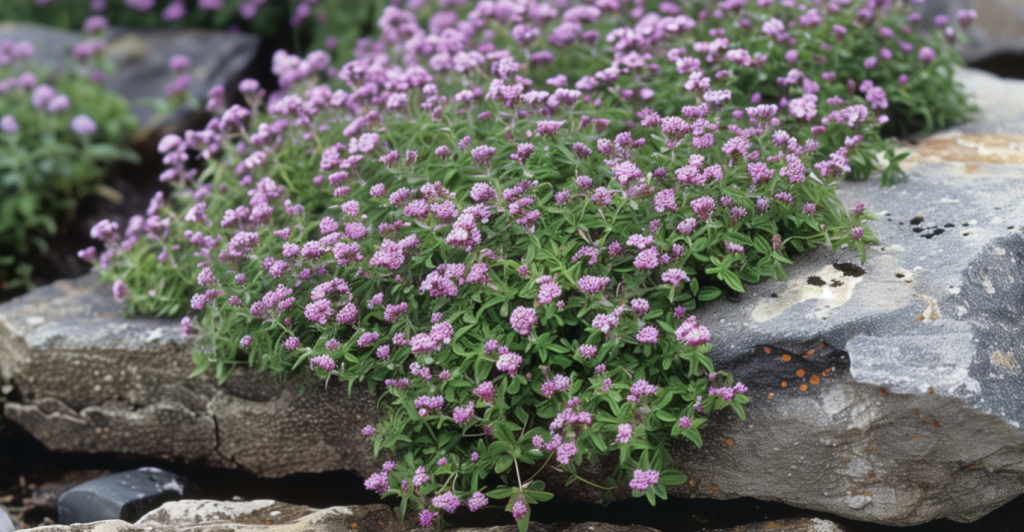
Creeping thyme is a low-growing, fragrant herb that makes an excellent grass alternative.
This versatile ground cover requires minimal watering and no mowing, making it a low-maintenance option for homeowners.
Its small, delicate flowers add visual interest to your yard and attract beneficial pollinators like bees and butterflies.
2. Sedum
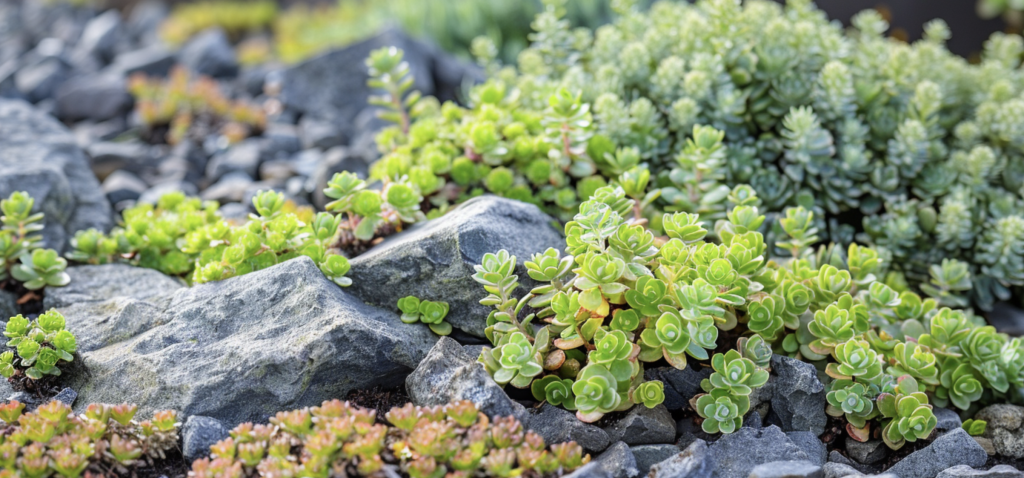
Sedum, or stonecrop, is a succulent ground cover that thrives in challenging conditions.
This hardy plant tolerates drought and requires little maintenance, making it ideal for busy homeowners or those in water-restricted areas.
Sedum comes in various colors and textures, offering year-round interest with its fleshy leaves and vibrant blooms that attract butterflies.
3. Ice Plant

Ice plant is a hardy perennial with succulent leaves, making it an excellent choice for dry climates.
Its evergreen foliage provides year-round color, while its daisy-like flowers bloom throughout summer and fall, creating a stunning display.
With its low water needs and ability to thrive in poor soil, the ice plant is a smart choice for reducing lawn maintenance and water usage.
4. Veronica
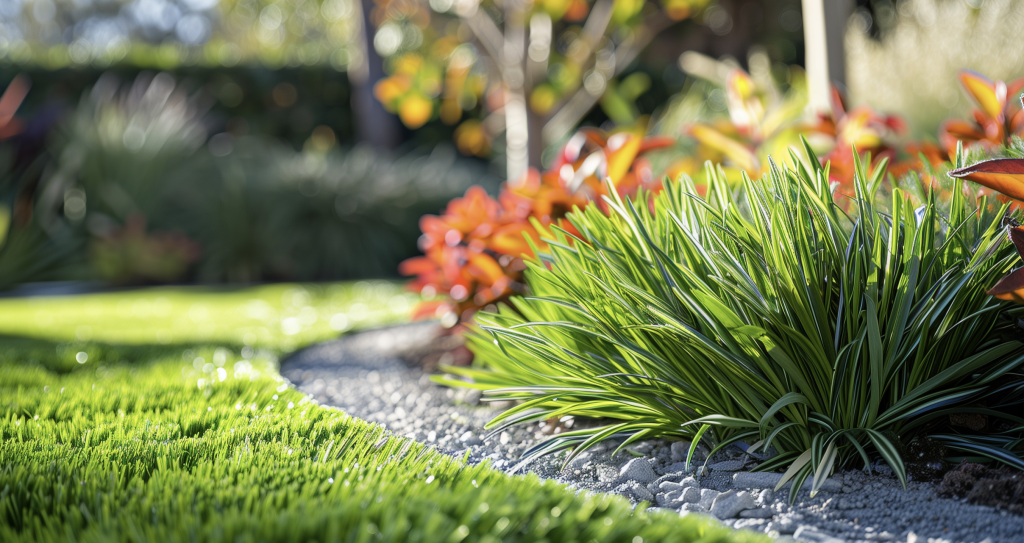
Veronica, or speedwell, is a low-growing plant that produces charming blue and white flowers. It forms dense mats of foliage, making it an effective ground cover.
Veronica thrives in sunny spots and requires limited water once established, making it a practical choice for those seeking to reduce their water consumption while maintaining an attractive landscape.
5. Irish Moss
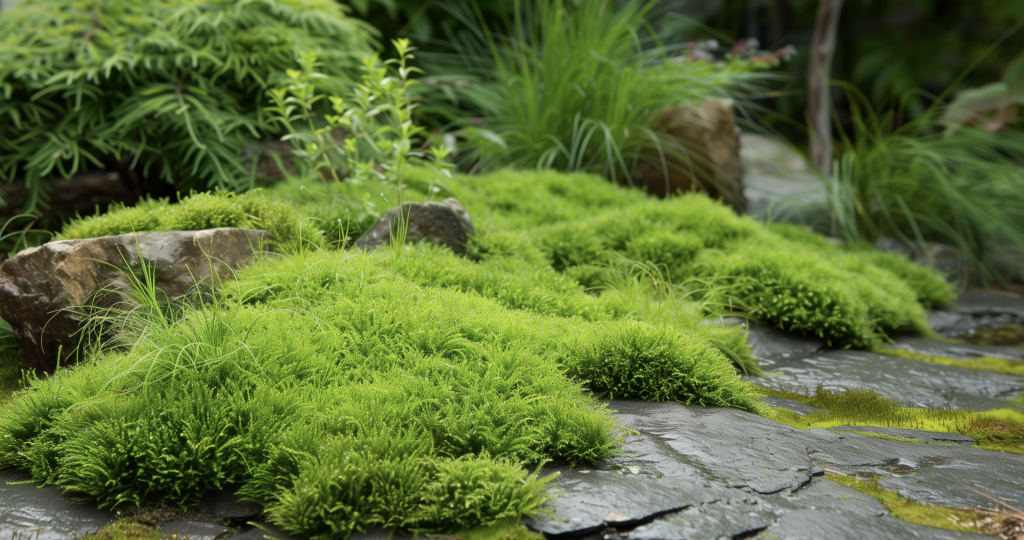
Despite its name, Irish moss isn’t a moss but a perennial that resembles one.
This lush, carpet-like plant requires no mowing and prefers shaded areas, making it perfect for spots where grass struggles to grow.
With its low watering needs and ability to create a soft, green carpet, Irish moss is an excellent alternative for those seeking a lawn-like appearance without maintenance.
6. Sweet Woodruff
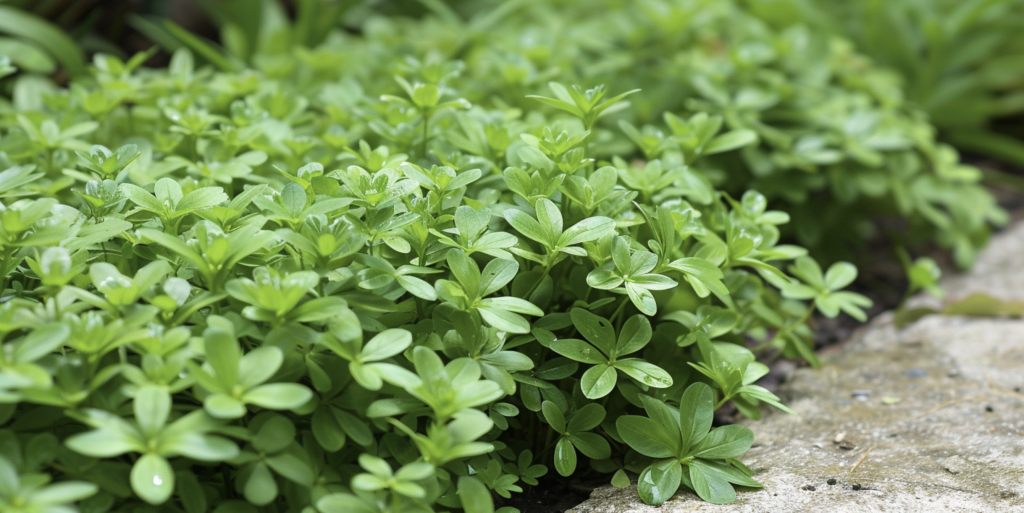
Sweet woodruff is a shade-loving ground cover that spreads quickly, making it ideal for filling areas under trees or in woodland gardens.
Once established, sweet woodruff requires moderate moisture and minimal care.
In spring, it produces delicate white flowers that add a touch of elegance to shaded areas.
7. Vinca Minor
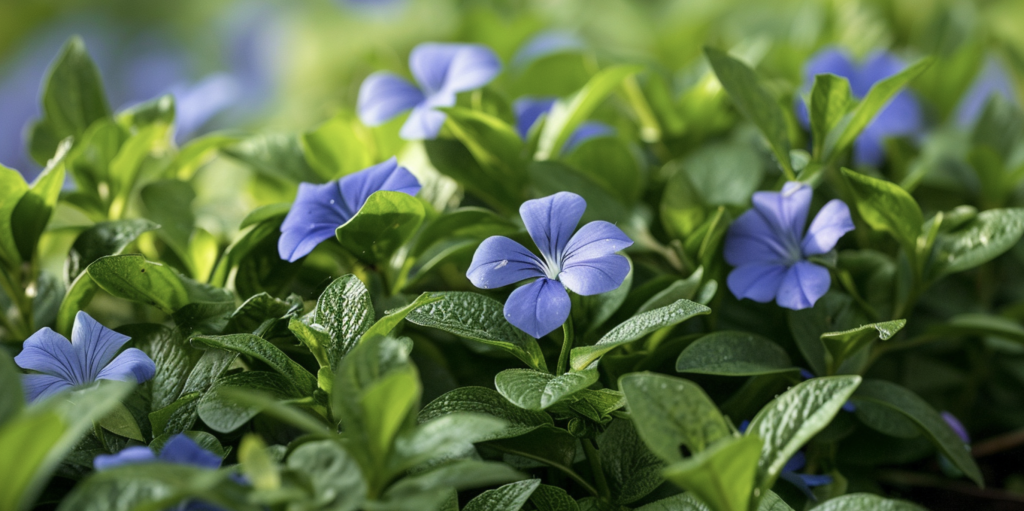
Also known as periwinkle, Vinca minor is a shade-tolerant ground cover prized for its low maintenance needs and pretty blue flowers.
It’s pest-free and can spread aggressively, quickly filling in bare areas.
While its vigorous growth can be advantageous, it is important to monitor its spread to prevent it from overtaking other plants.
8. Green And Gold
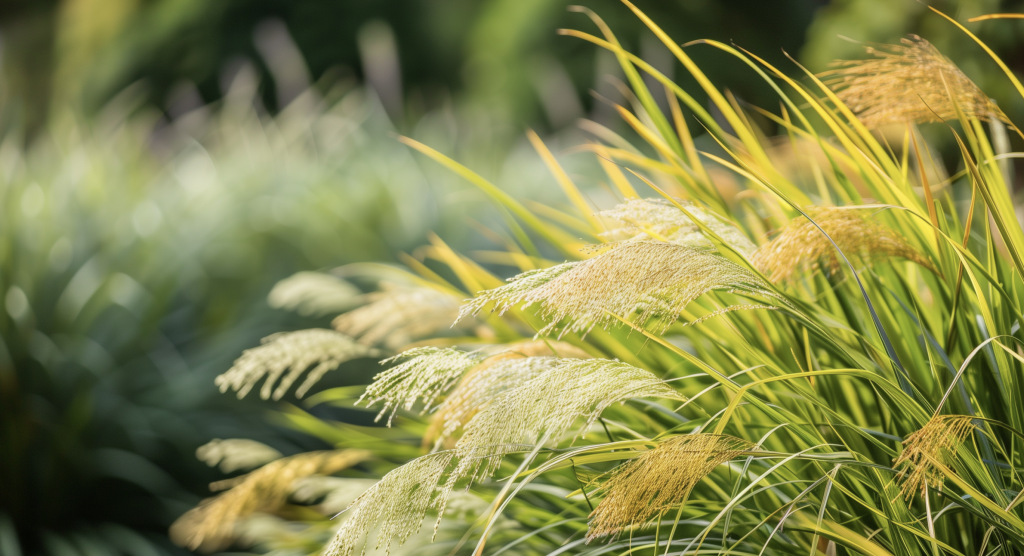
Green and gold is a mat-forming ground cover that produces cheery yellow flowers.
It tolerates full to partial shade, making it a versatile choice for various garden locations.
This native plant offers seasonal interest with its bright blooms in spring and summer, followed by attractive green foliage throughout the growing season.
9. Pennsylvania Sedge (Carex Pensylvanica)
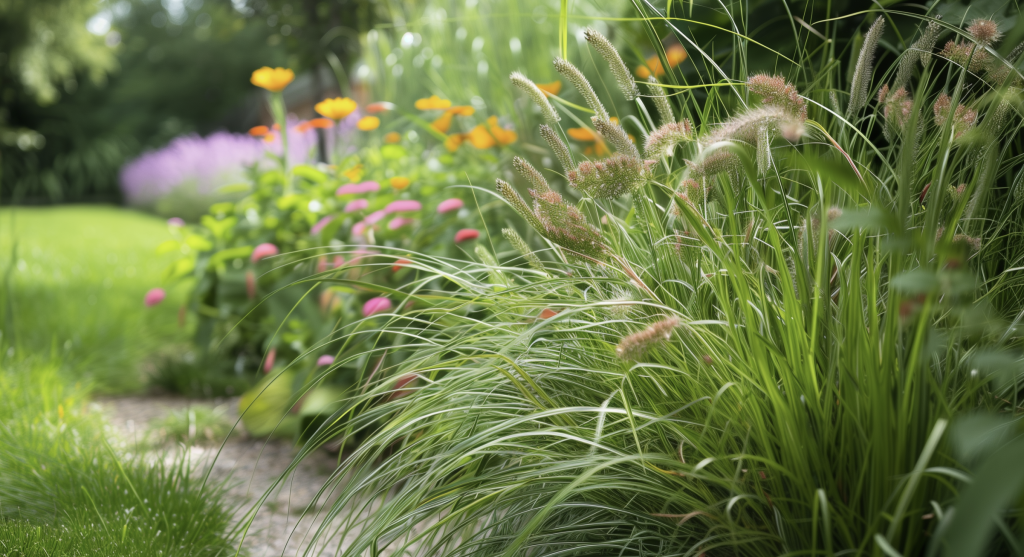
Pennsylvania sedge is a grass-like plant that looks like a traditional lawn without high maintenance.
It’s drought-tolerant and requires minimal mowing, typically needing to be cut back only once or twice a year.
This sedge is well-suited for dry shade areas where traditional turf grass often struggles.
10. Dutch Clover (Trifolium Repens)
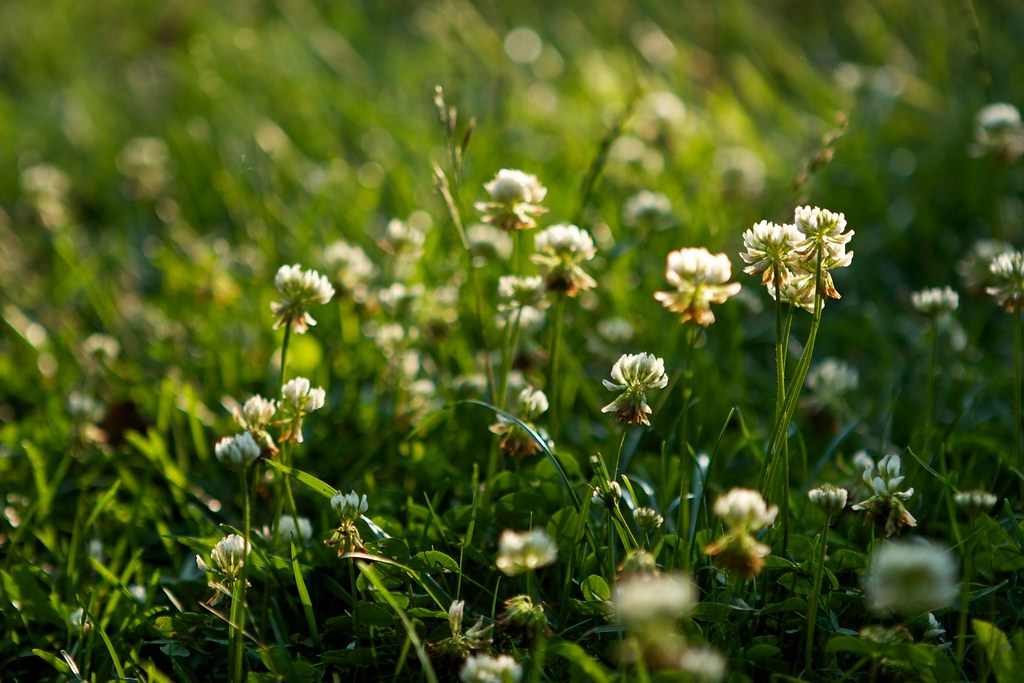
Dutch clover, once a common component in lawn seed mixes, is making a comeback as a grass alternative.
This nitrogen-fixing plant improves soil health, tolerates foot traffic, and supports pollinators.
It stays green with minimal watering and requires little to no mowing, making it a low-maintenance option for eco-conscious homeowners.
11. Creeping Phlox (Phlox Subulata)
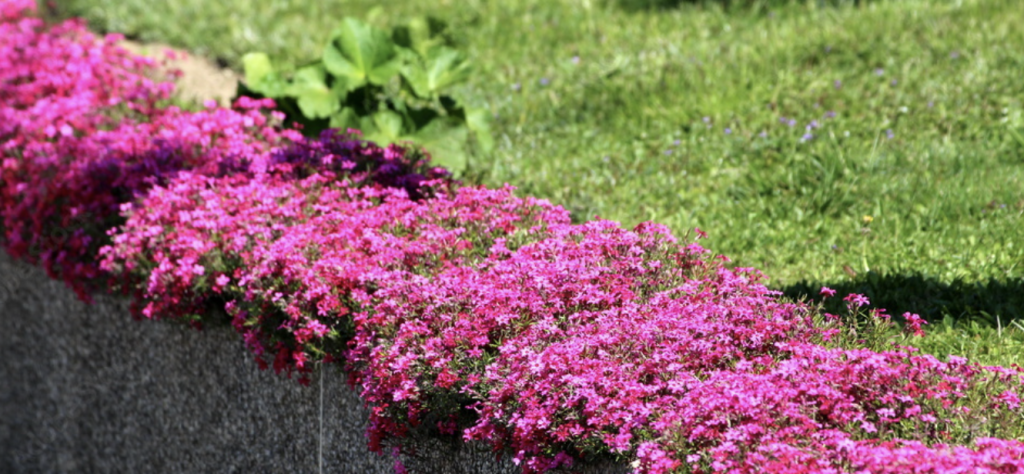
Creeping phlox is a perennial ground cover that produces a vibrant display of flowers in spring.
It’s excellent for erosion control on slopes and banks, and its drought tolerance makes it suitable for areas with water restrictions.
The plant’s dense growth habit helps suppress weeds, further reducing maintenance needs.
12. Blue Star Creeper (Isotoma Fluviatilis)
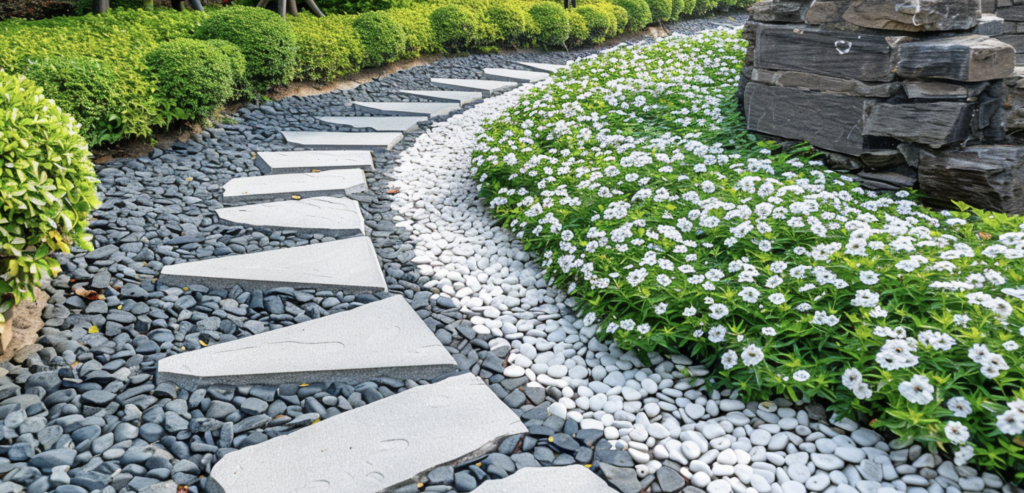
Blue star creeper forms a dense mat of foliage covered in tiny, star-shaped blue flowers throughout the growing season.
It tolerates light foot traffic and thrives in moist soils, making it an excellent choice for areas near water features or regions with consistent rainfall.
Its long blooming season provides extended visual interest.
13. Bugleweed (Ajuga Reptans)
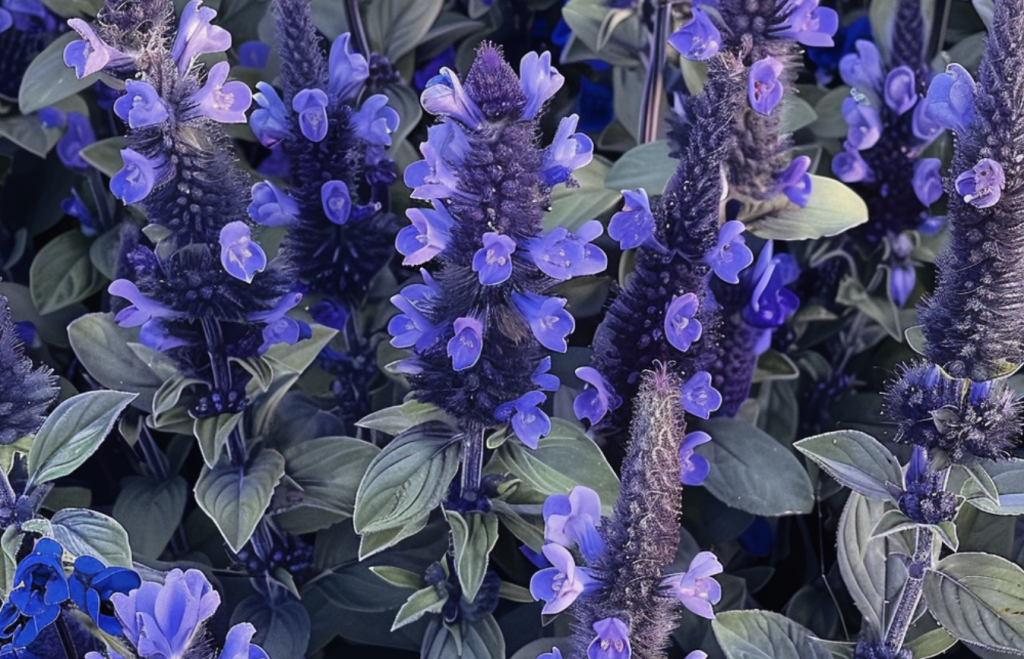
Bugleweed is a fast-spreading ground cover that excels in shaded areas where grass often struggles.
Its colorful foliage, which comes in shades of purple, bronze, and green, adds visual interest to the landscape.
Bugleweed requires minimal maintenance and can quickly fill in bare spots, making it an effective solution for problem areas in the yard.
14. Moss
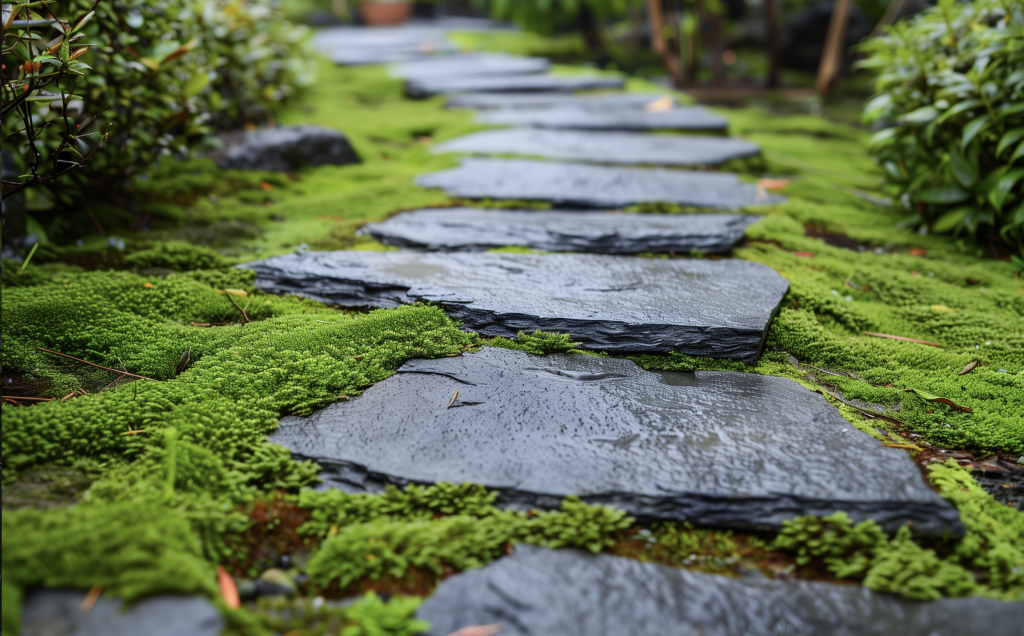
Moss can be an excellent grass alternative for shaded, moist areas.
Once established, it requires no mowing and minimal water. Moss creates a soft, green carpet that adds a sense of tranquility to the landscape.
It’s particularly well-suited for woodland gardens or areas under dense tree canopies where other plants may struggle.
15. Ornamental Grasses (Muhly Grass, Switchgrass, Little Bluestem)
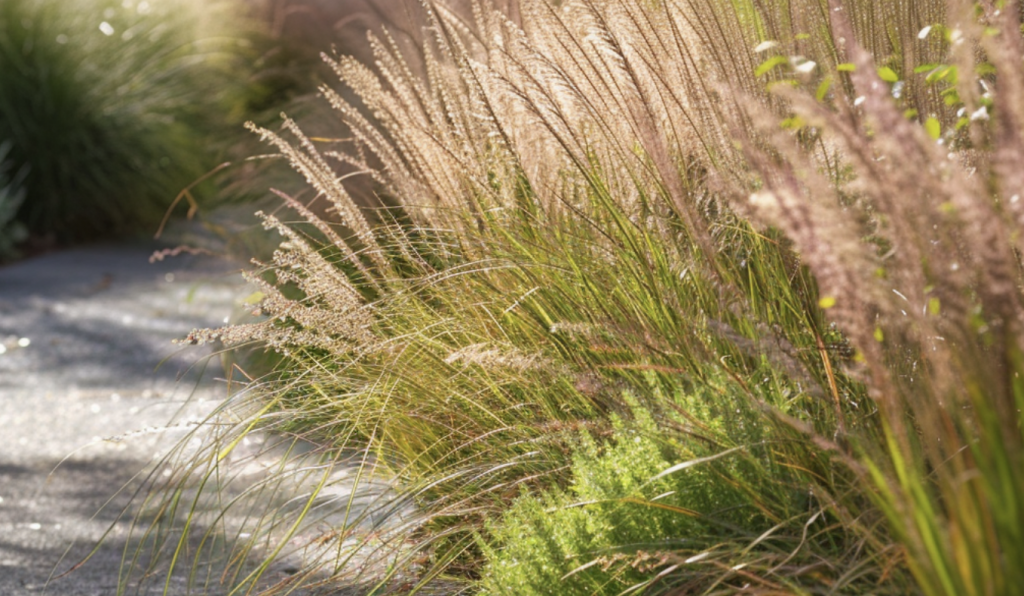
Ornamental grasses offer a stylish alternative to traditional lawns.
These tall, decorative grasses are often drought-tolerant and provide multi-season interest with their changing colors and textures.
They improve soil health and create stunning visual displays when planted in masses or mixed with other perennials.
16. Edible Gardens

Converting lawn space to edible gardens is a productive alternative that supports sustainability and reduces food costs.
Vegetable and herb gardens can be designed to be both beautiful and functional, providing fresh produce while reducing the need for water-intensive grass.
This option allows homeowners to make the most of their outdoor space.
17. Xeriscaping
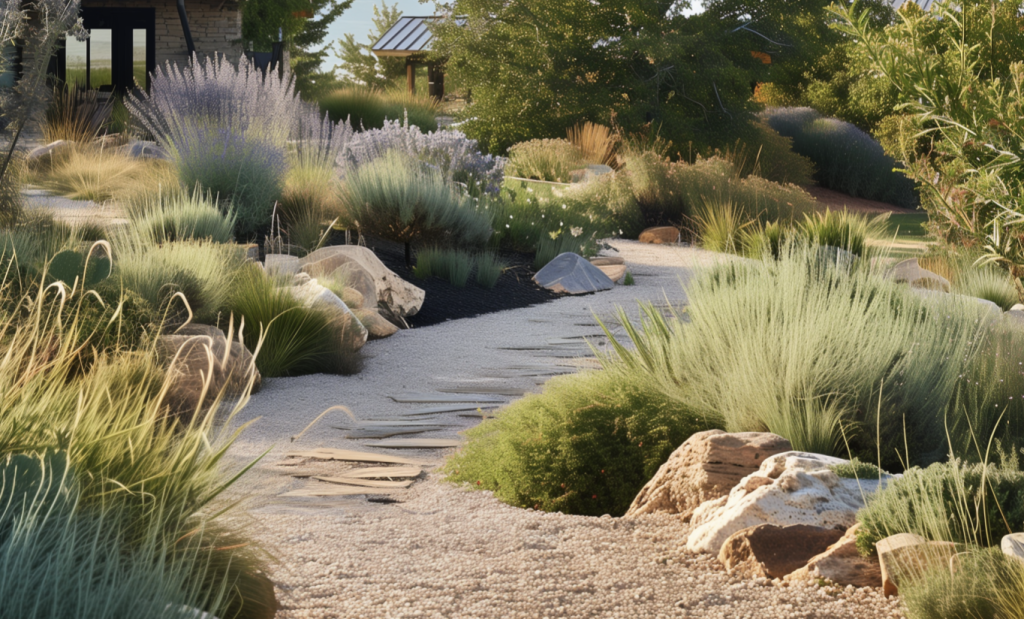
Xeriscaping is a landscaping approach that uses drought-tolerant plants native to the area.
This method is ideal for arid regions or areas prone to water restrictions.
Once established, xeriscaped landscapes require extremely low water input and minimal maintenance, making them an environmentally friendly and low-effort alternative to traditional grass lawns.
Conclusion
The best alternative to grass for planting depends on your specific needs and environment.
There’s a solution for every yard, from low-maintenance options like creeping thyme and sedum to shade-loving choices like Irish moss and sweet woodruff.
These alternatives reduce water consumption and maintenance and enhance biodiversity and visual appeal.
Embracing these grass substitutes creates a beautiful landscape and contributes to a more sustainable future.
Whether you opt for drought-tolerant ornamental grasses, eco-friendly clover, or a productive edible garden, each choice helps conserve resources and support local ecosystems.
Ready to transform your yard? Start small by replacing a section of your lawn with one of these alternatives.
As you witness the benefits firsthand, you’ll likely be inspired to expand your eco-friendly landscape further.


